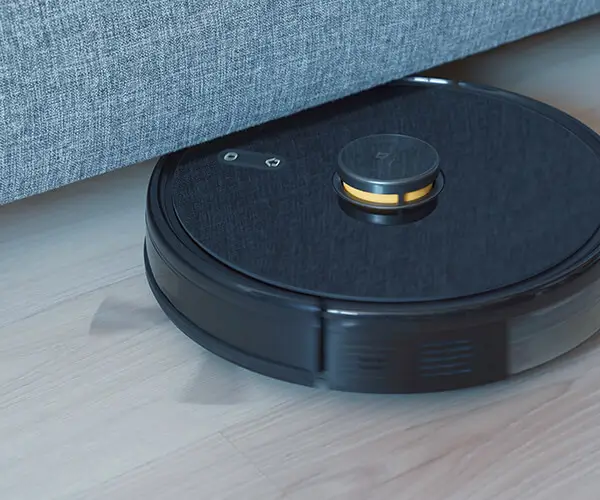Ever wondered why brushless motors are popping up everywhere? No joke—if you’re into drones, RC cars, or even high-end power tools, chances are you’ve seen what these tiny wonders can do. But what’s actually behind the hype? And, maybe more important, are they right for your project? Let’s dig into the pros and cons, and see if a brushless motor really deserves a spot on your shopping list.

First off, the big buzz—efficiency. Brushless motors rock because they skip those pesky brushes seen in traditional motors. Without brushes, friction drops sharply, which means less heat, less energy wasted, and way better performance overall. Think of it like upgrading from an old bicycle to a turbocharged e-bike. You get more miles per charge, less maintenance, and smoother operation. That’s crucial when you rely on your gear to perform consistently, whether in a racing drone or a precision robot.
Heard of longevity? Yeah, that’s another biggie. Because there's no brush wear and tear, these motors can last way longer. A typical brushed motor might need replacing after a year or two—brushes wear out, contacts get dirty. With a brushless, you're talking about years of noise-free, steady running. Just imagine running your RC car for hours and not feeling that annoying jerk or worrying about replacing brushes constantly.
But hang on—nothing’s perfect, right? Brushless motors tend to be pricier. That initial investment can make some folks pause. The core reason? They're packed with advanced electronics—like sensors and controllers—that add to cost. So, it’s a bit like buying a fancy sports car versus a practical sedan. Do you really need that extra speed and efficiency, or is a cheaper alternative enough?
Let’s ask: are they harder to set up? Well, yes and no. They require a compatible electronic speed controller (ESC), which can seem intimidating at first. But once you get the hang of it, installation becomes straightforward. Plus, modern ESCs come with handy features that make tuning your motor a breeze.
What about power? Brushless motors deliver impressive torque and high RPMs—more power with less fuss. For instance, in drones, that translates to quicker acceleration and longer flights. It’s almost like switching from a bicycle to a sports bike—you feel the difference instantly.
Now, on the durability side—are they fragile? Not exactly. They’re well-designed for tough conditions, but like all electronics, they dislike dust, water, and dirt. Sealing helps, but don’t expect a waterproof marvel unless specified. So, if your project involves harsh environments, a waterproof or rugged-brushed motor might still have a place.
Finally, the real kicker. Who is this perfect for? Do you want a low-maintenance, high-performance motor that can deliver consistent power over years? Then brushless might be your best bet. Maybe you’re just dabbling, or on a strict budget? Well, there are brushed options that could save you a few bucks upfront.
To sum it up, a brushless motor isn’t just a fancy gadget—it’s a game changer in efficiency, longevity, and power. But it’s not a magic wand; costs and setup complexity are real considerations. Whether you’re building a racing drone, an electric skateboard, or a high-end robotic arm, understanding these details helps you make the right call. Sometimes, a tiny motor can make a huge difference—just ask anyone who’s experienced that smooth, silent boost only a brushless can deliver.
Established in 2005, Kpower has been dedicated to a professional compact motion unit manufacturer, headquartered in Dongguan, Guangdong Province, China.




































